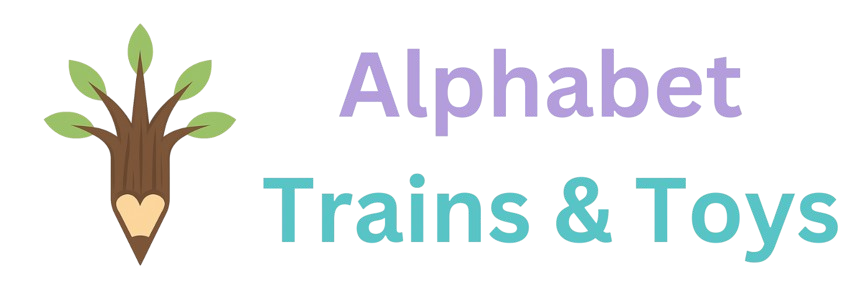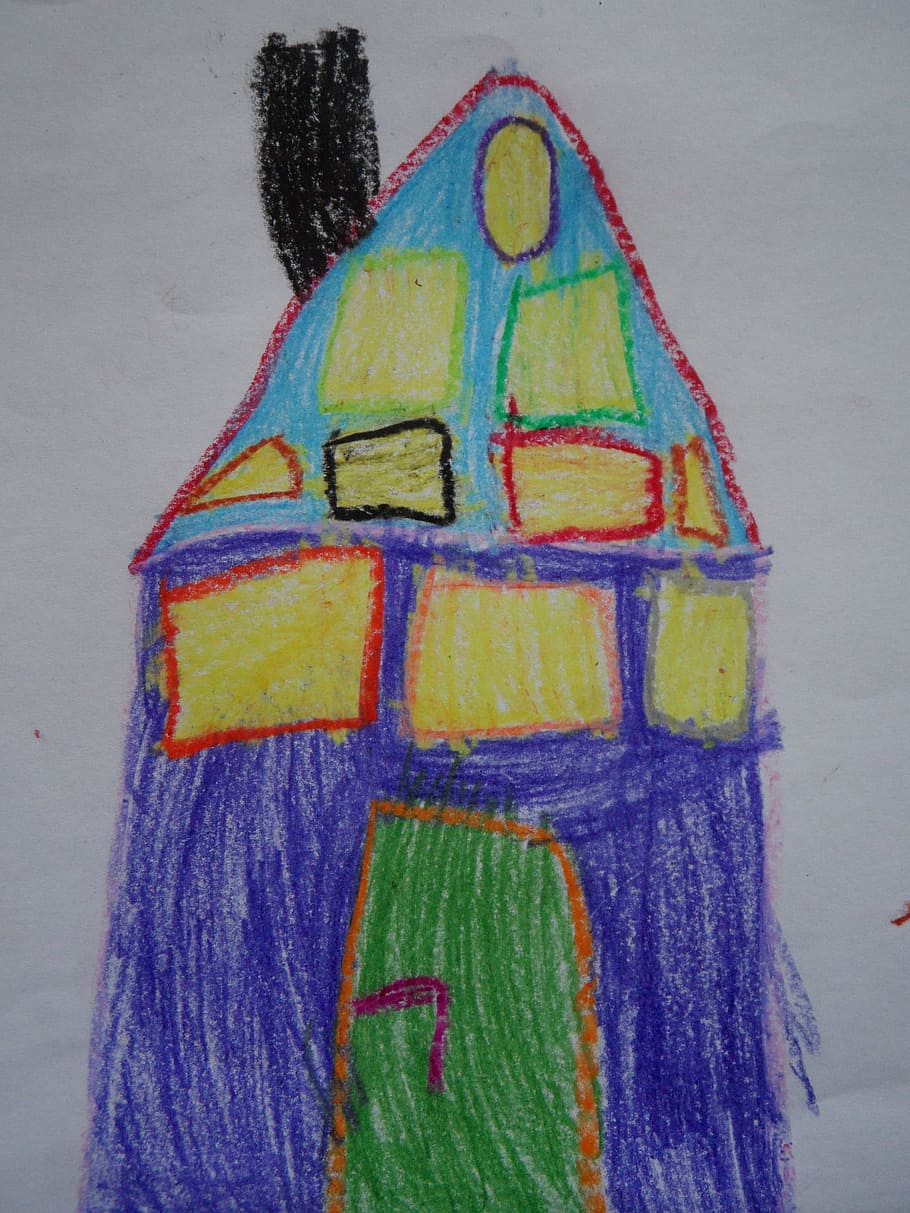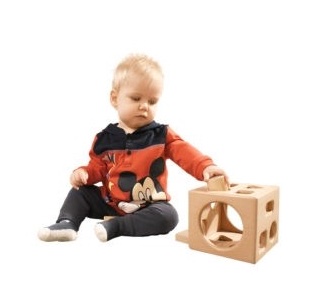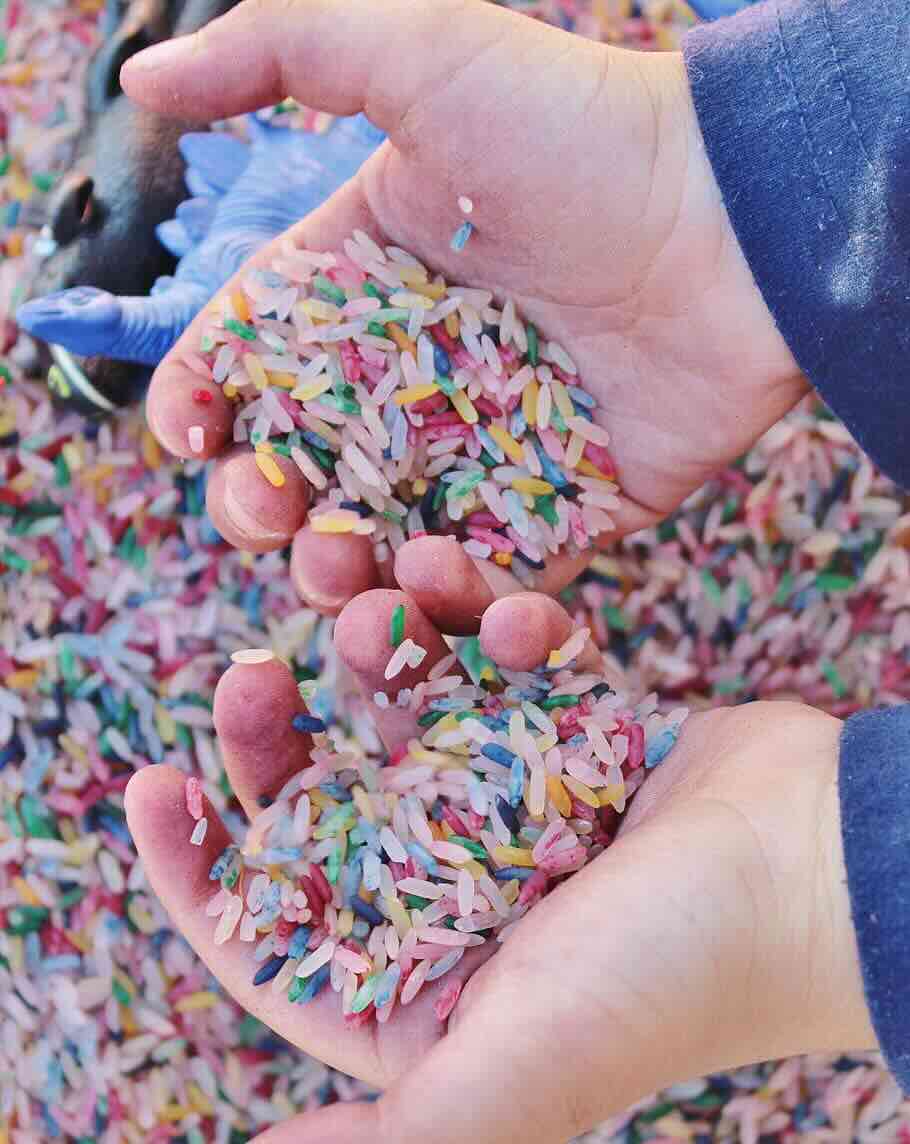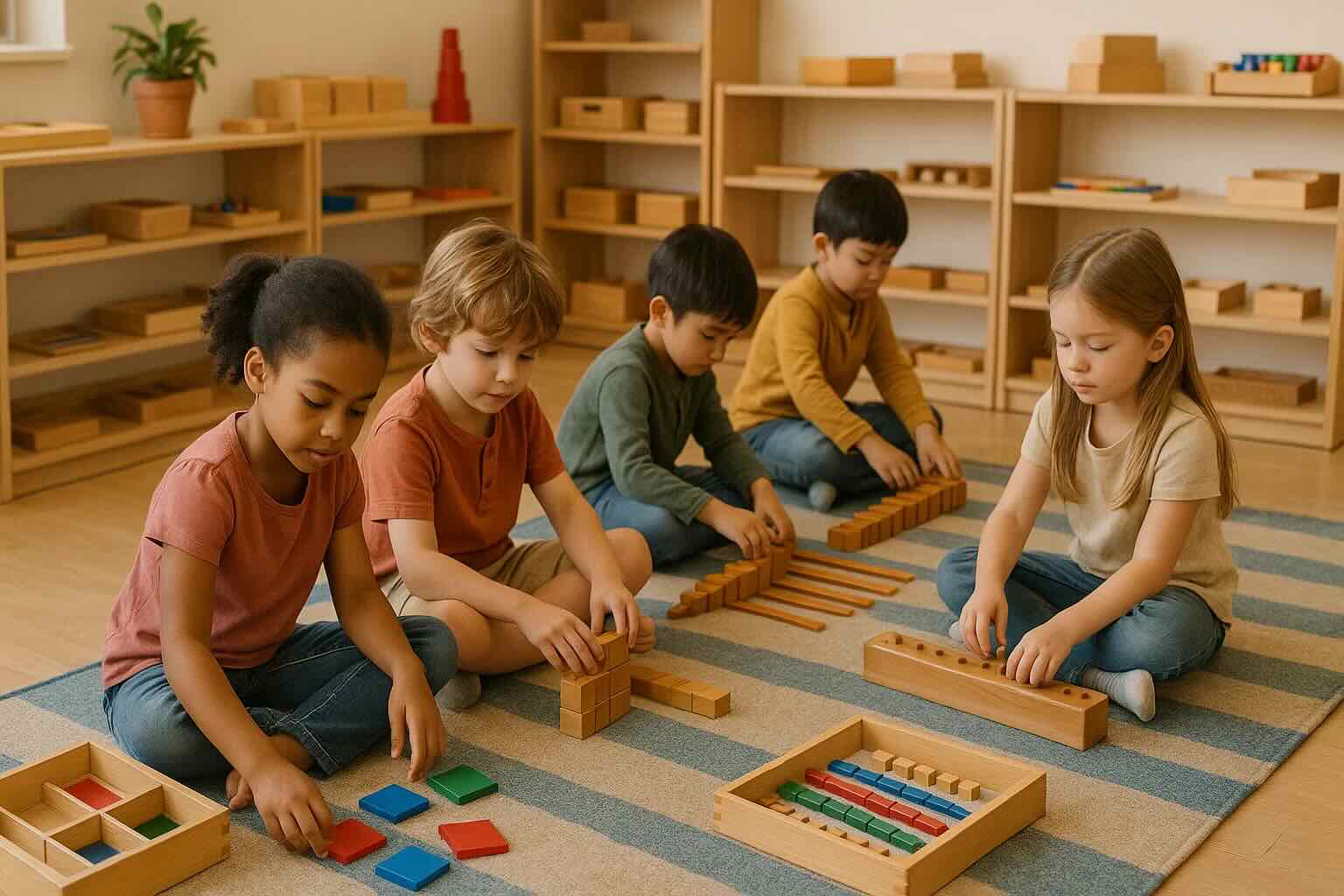Are toys only playthings? Or do they help with child development?
Toys and education; 9 important reasons that playing with toys at an early age help in child development
Parents constantly think of their child’s interests and health. Children’s welfare and development not only depend on their parents’ love but also several other things. The most important one of which is playing. Playing is a serious business for babies and toddlers in the early stages of their development. This is something to be encouraged, and your children should have enough time to play and explore.
Toys are not just about love and keeping the little ones busy while the parents are doing something else. Toys play a much bigger role in the development and growing up – a vital role in children’s adjustment to the world.
Toys are very important pieces in developing what scientists call school-readiness; school-readiness refers, according to the American Academy of Pediatrics (AAP), to social-emotional, attentional and cognitive skills.
The definition for playing is at best ambiguous, but scientists have agreed that it refers to an activity that is intrinsically motivated, requires active engagement from the involved parties, and results in happy joyful discovery.
Let us cruise a bit in the world of playing and see how playing with toys prepares toddlers to face the world.
1. Toys are a big part of your child’s first physical contact with the world
Toys help kids get acquainted with their surrounding world.
Parents probably have seen their children put toys in their mouths or hit them to the floor or against pieces of furniture a few times!
They throw things from their chair or bed to the floor! And as much trouble as it causes their parents, this activity plays a key role in the child's development.
When objects and toys fall and break to the ground, children start learning.
It trains their response to stress and to the unexpected. They learn about the cause and effects.
And these all are important in order for them to experience the world surrounding them, as most of their other experiences take place in their mother’s loving arms.
Their toys are the tools through which, they can travel the farthest, and the most they can experience the world with.
And it is natural to be like that, as after nine months in the womb, everything surrounding them, is interesting, fresh, and worth experimenting with.
Everything is new to children. Unless they experience these novelties first-hand, they never understand the good or the bad, the safe or the dangerous, the laugh or the ouch.
So, children need to experiment, and the fact that they experiment with everything in a safe manner is key to their welfare and their comfort.
2. Children develop fine and gross motor skills while playing with toys
In this attempt, babies learn as much about toys as they learn about themselves, their own limits. They discover their powers, and it is a journey. Toys make this journey safer and more comfortable.
This will also largely contribute to self-regulating skills and help them correlate an action with an outcome.
If parents want their babies to have a firm strong healthy grip and master dexterity, children should be given instruments to exercise it.
Throwing a ball is important in the process of growing up. Throwing a cup is just as important, even if it’s full.
3. Playing is playful learning
Researchers worldwide agree with this unanimously. Playing is not just about fun, playing is about taking risks; it is about experimenting and crossing over boundaries.
If parents take the time to watch their children play with toys, they will learn a great deal about their children's personality, their curiosities, their interests, and maybe their fears; so, playing opens up a world of discovery, not only for children but also for adults around them.
On the same note, AAP (the American Association of Pediatrics) discovered that far from being frivolous, playing enhances the brain’s structure, function and promotes learning.
So, playing with toys helps children to focus, pay attention, pursue a goal and ignore any distractions surrounding them, which will be quite important in real-life scenarios children will be facing.
4. Playing with toys is a power-play for the brain
Researchers Bjorklund & Gardine, while studying children during their object-playing, confirmed that object play has a significant influence on cognitive development for children at very early stages; this includes not only learning about the nature of the world and of objects, but also boosts their abilities to solve problems, and helps them develop core-skills for mathematics and engineering.
5. Playing with toys will offer a safe tool to express themselves
They can barely utter two or three sounds, but they will still need to learn or at least try to communicate and express their feelings. And varied toys will offer varied means to do so; children will learn to show when they are angry, sad, interested, curious, loving, giving, or good.
Having toys offers a new world of “talking†to their parents before they learn how to properly utter the words.
6. Playing teaches children how to manage stress
Their toys are their environment; it’s how they explain their surroundings, besides the touch and smell of their parents. It teaches children about ownership, and they soon learn to recognize their own toys from other ones. New toys are always more interesting, different, and worth exploring.
So, returning to their toys means returning to the familiar, to something they recognize as being safe. But toys are also a wonderful tool for children to grow familiar and more secure with their caregivers, who may not always be their parents.
As such, using toys in forming a relationship will support the development of a safe, stable, nurturing connection with the child, and so toys are the universal language to use with a child before he manages to form his own words.
In terms of managing stress, studies indicate that when faced with adversity, children need to play with toys more. The joy derived from playing with toys together with their parent is an important form of nurturing communication, and children will find it easier and more comforting to regulate their bodies’ stress response. AAP recently started to write play prescriptions for children in order to deal with childhood adversities and stress.
A happy side-effect is that children will become not only confident about their environment in the process, but also more confident in themselves and about what they want. This will also help them explain better their wants or needs.
Stress is going to be a large part of how children develop. No one likes change, but growing up is all about change; their sleeping schedule changes, their digestion, eating habits, and menus are changing, their clothes change all the time, and they start to learn how to move and how to walk. Having something stable in their toolkit, besides mom, gives children a sense of comfort and stability. That's why the special teddy bear or blanket is so important.
7. Playing with toys will develop children’s literacy and help them develop language
You form a bond and a connection with your baby when you use a toy to play with them. It also offers them an opportunity to make a connection between the toy, the choo-choo or the doggie, and the word for it. And after some repetitions, children might even learn to use the words themselves. But helping toddlers making that connection between an object and an abstract notion represented by a word is a valuable lesson that will guide most of their interactions and forms of expression later in life.
As a matter of fact, what usually happens is that babies develop their baby-talk for the toys they enjoy, and these are the first steps towards learning how to talk themselves out of a situation, developing language and literacy.
8. Playing with toys give toddlers purpose and occupation
Imagine you’re a toddler, and most of your day is spent on either sleep, getting changed, or being fed. The rest of the day you have NOTHING to do. Well, enter play and toys!
Toys will give you an activity to focus on, a sense of purpose, and of duty. At an early age, it is easy to get bored, and energy consumption options are not varied. Having an object which will draw your attention and will swallow some bits of your time and energy will not only help you develop executive functioning skills but will also help you sleep better.
9. Toys boost children’s emotional intelligence
Besides helping children explore the surrounding world and boosting creativity and imagination, active playing with toys will help children develop their EQ or emotional intelligence.
By playing, and experiencing different scenarios, children are training themselves to handle change, handle stress, witness that change, and handle emotions. They will experience all sorts of emotions during this journey of playing with toys and learn to manage their emotions. These are valuable skills that will help toddlers socialize and adapt better to their environment.
For instance, pretend-play with a toy is how children handle fear and anger. According to a study conducted by Dr. Bretherton in 1989, playing with toys may help children master their negative feelings in a risk-free environment.
As such, they will learn to cope and regulate their emotions, as well as their reactions to these emotions. And while they are at it, children will involuntarily learn to get familiar and comfortable with having emotions, accepting them, and growing into emotional-healthy adults.
Bottom line
Toys are not just objects of infatuation or whims. Toys and playing with them are very important tools for children’s development at an early stage, and their benefits are many.
Playing and learning go hand in hand. Playing with toys is instrumental for children discovering the outside world and adapting to it. Playing is also important in teaching kids how to use their bodies. It also teaches them about who they are, and what they can do.
Toys help children understand the material world and help them forge connections between the material and the abstract. They stimulate brain development, synapses, and help them in their cognitive and emotional development.
Toys will help your children learn to deal with the real world, understand it and thereby understand themselves. Playing with toys stimulates the brain teaches hand-eye coordination and a myriad of other useful functions. Keeping them busy is just a side benefit :)
So pick your toys wisely.
References:
https://www.childrensmuseums.org/images/MCMResearchSummary.pdf
Walker SP, Chang SM, Vera-Hernández M, Grantham-McGregor S., Early childhood stimulation benefits adult competence and reduces violent behavior. Pediatrics. 2011;127(5):849–857pmid:21518715
Weisberg DS, Hirsh-Pasek K, Golinkoff RM, Kittredge AK, Klahr D. Guided play: principles and practices. Curr Dir Psychol Sci. 2016;25(3):177–182
Zelazo PD, Blair CB, Willoughby MT. Executive Function: Implications for Education (NCER 2017-2000). Washington, DC: National Center for Education Research, Institute of Education Sciences;2017. Available at: https://ies.ed.gov/ncer/pubs/20172000/pdf/20172000.pdf. Accessed October 24, 2017
Bev
Explore Our Personalized Step Stools!
Make every step special with our Personalized Step Stools, crafted with care and customized just for you.
Browse Our Personalized Step Stools Now
